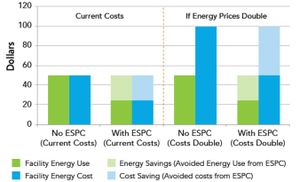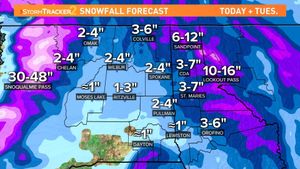The Vancouver Canucks faced a new reality without their star forward J.T. Miller, who was dealt to the New York Rangers just before their game on February 1, 2025. The effects were immediate and palpable during their match against the Dallas Stars, ending with a 5-3 loss. While the team put up a spirited effort, it was evident to viewers and analysts alike—this was not the same Canucks team.
Miller’s absence made its presence felt, particularly evident in the faceoff circle, but it wasn't just about who was missing. The broader issue was the Canucks' depth; their roster showed signs of vulnerability, with several unproductive players stepping up to fill the gaps. Even with defensemen Quinn Hughes and Filip Hronek playing heavy minutes on separate pairs, the blue line lacked the pace and quality needed to maintain composure throughout the game.
For stretches, especially early on and during the second period, the Canucks managed to impressively outplay the Stars. Unfortunately, Dallas took the lead with their first goal, and once the Canucks were down two, it appeared they could not find their rhythm. The loss also concluded the Canucks' three-game winning streak, raising questions about their ability to continue competing.
Quinn Hughes’ performance was particularly noteworthy; after taking discomforting hits, he left the game for several stretches. This was concerning, particularly since Hughes has been recognized as the team’s engine and the most valuable skater, not just for the Canucks but perhaps across the league. Without him at full strength, the Canucks' chances of success diminish considerably. Should Hughes' injury linger, the Canucks' aspirations of contending for the second wild-card spot could face serious challenges.
Another significant facet of the game was how the Canucks would adapt their power play strategy following Miller's departure. Historically, he was the orchestrator of their power play, consistently ranking among the top ten teams for conversion rates. Upon evaluating how the Canucks adjusted, their first power play unit included Brock Boeser and Elias Pettersson stationed at the circles, Quinn Hughes up top, and Jake DeBrusk and Conor Garland positioned near the net. The result? While they scored once late when the game was already decided, they registered 11 shots during their nine minutes of power play time—an encouraging sign for Vancouver's unit.
This game had its challenges, but the power play's performance without Miller seemed relatively sharp, potentially setting the stage for how Vancouver could function moving forward. Given their history, losing Miller will certainly take some bite away from their attack, as he brought consistent offensive threat and creativity during his tenure with the team.
Despite netting three goals against Dallas, two came after the result was virtually wrapped up. It was yet another night where the Canucks struggled significantly to create quality scoring chances during five-on-five play. The Stars, known for their formidable lockdown defense under Pete DeBoer, took full advantage of the Canucks’ struggles to create offense. At one point, Vancouver had generated fewer than one expected goal at five-on-five, as per Natural Stat Trick—a worrying statistic for their performance state. They were out-chanced at over two-to-one, underscoring some well-established offensive deficiencies.
Even with star players like Pettersson and Hughes on the ice, the Canucks found it tough to penetrate the Stars’ defense. Their instability is evident, particularly when either star player is not on the ice, leading to questions about the potency of their overall attack.
Rounding out the analysis, former Canucks head coach Bruce Boudreau recently shared insights on conversations around Quinn Hughes’ potential to shift positions from defense to center, particularly amid the trade of Miller. This seems to be off the table. Yet one could theorize how interesting it could have been to see Hughes leveraging his skills at center alongside Pettersson and Boeser, creating what might have been a challenging trio to defend against.
It’s clear: the Canucks face significant hurdles this season, but through potent performances, particularly from Hughes and their power-play unit, there remains hope of remaining relevant as the season progresses. Consistency, health, and adaptability will be key as they head forward during the rest of this campaign.



